42 survey rating scale labels
Survey rating scales 1-5: Understand your audience better Businesses use survey rating scales to gather information about satisfaction levels, frequency of use, loyalty, and other customer data. Rating scales allow you to compare customer response data to determine which of your products and services are most effective. This data is essential for making informed business decisions across all departments. Rating Scale: Definition, Survey Question Types and Examples Rating Scale Definition Rating scale is defined as a closed-ended survey questionused to represent respondent feedback in a comparative form for specific particular features/products/services. It is one of the most established question types for online and offline surveys where survey respondents are expected to rate an attribute or feature.
Satisfaction Surveys and Questionnaire Rating Scales To design a rating scale question for your satisfaction survey, you must consider: 1. What aspects of the product or service to measure. 2. What measurement scale to use: Level of Satisfaction. How well the product or service meets expectations. How good or bad the product or service is. Level of Importance.

Survey rating scale labels
Survey Response Scales: How to Choose the Right One | CXL Survey response scales can be embedded in the survey (e.g., 1-5, 1-10, etc.), chosen via a drop-down menu, or included as part of the survey language. No matter how you choose to display the scale, the default ranges affect the precision of your data. For example, if a survey asks your age, a default range of 20-25 instead of 20-30 has ... Survey rating scales: numbered vs worded lists | SurveyMonkey With worded labels, the researcher has the freedom to score and label categories however they feel without confusing the respondent. Scaling can also be unbalanced, and the scoring could look something like this: Extremely Good = 10 Very Good = 8 Good = 6 Not Bad = 5 Bad = 3 The Worst = 0 Managing Survey Rating Scales (Manage Scales option) Creating a New Scale Click the Add Scale button to create a new scale. Here you can give your scale a name - this is used when creating a rating scale on a new survey and so it should be meaningful. Next select the size of scale. Currently you can choose from 4, 5, 10 and 11 point scales.
Survey rating scale labels. 20 Free Ready-Made Survey Rating Scale Examples - AidaForm Multiple Rating Matrix This type of rating scale is very widely used in online surveys. It looks like a compact version of four Linear Numeric Scales put together. Please rate your attitude towards each of the brands 1 - not at all favorable, 7 - extremely favorable, N/A - I do not know the brand 1 2 3 4 5 6 7 N/A Starbucks Pizza Hut AidaForm What is a Survey Rating Scale? + [Types & Question Examples] A numerical rating scale is typically used to quantify qualitative data such as pain, feelings, product satisfaction, likelihood to recommend, customer loyalty and the like. Usually, the researcher labels the endpoints of the numerical rating scale in terms of the value that is being measured so that both ends represent the extremes of this value. Rating scales - Google Surveys Help General guidelines Google Surveys lets you choose from 5, 7, 10, or 11 stars. There has been a long-lasting debate between 5-pt vs. 7-pt and odd vs. even ( see presentation ). As our surveys are... Your Guide to Rating Scale Questions in 2022 - Qualtrics What is a rating scale? A rating scale is a type of survey question that uses closed questions, when gaining information from a respondent. ... In practice, this means the response options for a satisfaction question your Likert scale labels should look like this: If you're dealing with an idea or construct that ranges from zero to positive ...
The Use and "Abuse" of Survey Rating Scales - Verint One topic that comes up frequently is survey rating scales. While an examination of survey rating scales borders on tedious, the correct use of rating scales is critically important - and I believe that scale "abuse" is rampant. ... the case for 5-point vs. 7-point scales, rating scale labels, custom rating scales, listing negative ... Star Rating Question | SurveyMonkey Drag and drop Star Rating into your survey from the BUILDER section of the sidebar. Enter your question text. Adjust the settings under the Edit and Options tab. Click Save. Question Settings Under the Edit tab, you can adjust the following settings specific to the Star Rating question. Colors How to Label Response Scale Points in Your Survey | Qualtrics Finally, to ensure that you get the highest-quality data possible, keep these four guidelines in mind as you practice labeling response scales: Ensure each scale point is verbally labeled; Use response options that correspond to the subject of the question; Use consistent language across the entire response scale; Use balanced scales Metadata - Report label and scale type - QuestionPro That is to say, using the 5-point Likert scale as an interval scale assumes that the difference between strongly agree and agree is the same relative difference as between neutral and agree. Example: Basic matrix with satisfaction,star rating scale Undefined; By default all the question will be set to Undefined. Go to:
Survey Scale: Definitions, Types + [Question Examples] A rating scale is a type of survey response scale that allows respondents to match specific qualitative values with different assertions, products, or features. With a rating scale, you simply answer the survey question by picking one of the rating options on the scale. A rating scale can be categorized as ordinal or interva l. How to Add a Rating Scale Grid Question to Your Survey | SoGoSurvey To add a question to your survey, drag and drop the question type from the panel on the left to the correct spot on the right. You may choose to enter anchor text for the scale in the Lowest, Middle, and Highest fields, then assign a numeric weight for each level. In reports, you'll see both the frequency with which each answer option was ... 15 Common Rating Scales Explained - MeasuringU Here are 15 scales, in roughly the order of most to least commonly used. 1. Linear Numeric Scale In a linear numeric scale, participants provide some numeric response to a question or statement. This can include things like satisfaction, ease, brand favorability, feature importance, or likelihood to recommend. Rating Scales lists and examples from HR-Survey.com Measures of Quality. Measures of Effectiveness. Measures of Skill Level. All Scales. Scales with 4 or fewer Points. 5-Points Scales. 6-Points Scales. 7 or more Points. Hide Example Items.
Survey rating scales—types and examples - SurveyMonkey Graphic scales are often used to evaluate staff performance. They're typically depicted in a table or matrix, with a list of qualities or traits down the left-hand column, and a series of rating options along the top row. The rating options can either be numbers, such as 1 to 5, or series of worded categories.
Matrix/Rating Scale Question | SurveyMonkey Drag and drop Matrix/Rating Scale into your survey from the BUILDER section of the sidebar. In the Rows fields, enter the items you want respondents to evaluate. In the Columns fields, enter the measurements you want respondents to use to evaluate the row items. Column choices should be applicable to every row item.
Rating (Likert Scale) Question Type | SurveyGizmo Help A Rating question is a single-select scale question, often referred to as a Likert Scale. When To Use It. Use Rating questions to collect respondents' opinions using answer choices that range from one extreme to another, such as very unhappy to very happy. These choices are shown horizontally, with labels above or below each choice.
1-to-10 Rating Scale Survey Template 🚀 Survicate A 1-to-10 rating scale is flexible and will let you investigate any aspect of customer experience you need. You can run general customer satisfaction surveys or ask about particular products or services. A 1-to-10 rating scale is especially useful for ranking questions, just as you can see in the template above.
Survey Rating Scales to Guide Survey Respondents Effectively Every survey rating scale option is labelled with words, so the meaning is clear Every option is relevant to the question Language is consistent throughout the whole survey Use scales that balance well (have the same number of options on each side) Consider providing a "Don't know" option or "Prefer not to answer" option
Survey Response Scales - Answer Format and Types of Questions Rating Scales. Three-point, five-point, and seven-point scales are all included in the umbrella term "rating scale". A rating scale provides more than two options, in which the respondent can answer in neutrality over a question being asked. Examples: 1. Three-point Scales. Good - Fair - Poor; Agree - Undecided - Disagree
How to Label Your 10-Point Scale - Versta Research Plenty of research shows that numeric scales going from 1 to 10 (ten points) are less effective than numeric scales going from 0 to 10 (eleven points). A recently published article in Survey Practice adds more evidence to that claim, and also suggests that the midpoint of the scale should be labeled along with the endpoints:
Choice of rating scale labels: implication for minimizing patient ... Loading the rating scale with more positive labels appears to be a useful strategy for reducing the ceiling effect and increases the discrimination ability of survey responses. Conclusions: The current research provides a survey design strategy to minimize ceiling effects.
Which Rating Scales Should I Use? - Relevant Insights Semantic Differential Scale: A 7-point rating scale with endpoints associated with bipolar labels that have semantic meaning (e.g., bipolar adjectives like "friendly" and "unfriendly"). Variations of the Likert and Semantic Differential scales abound.
Survey Rating Scales - Voxco Rating scales allow survey responses to be analysed using quantitative scales. Opinions and behaviors can be measured on a scale, in order to extract constructive information from surveys. Without good survey rating scales, the information collected can contain biases, impacting survey results negatively. See what our clients say about Voxco
Managing Survey Rating Scales (Manage Scales option) Creating a New Scale Click the Add Scale button to create a new scale. Here you can give your scale a name - this is used when creating a rating scale on a new survey and so it should be meaningful. Next select the size of scale. Currently you can choose from 4, 5, 10 and 11 point scales.

#DidYouKnow that graphic rating #scale is also called continuous rating scale? | Survey Facts ...
Survey rating scales: numbered vs worded lists | SurveyMonkey With worded labels, the researcher has the freedom to score and label categories however they feel without confusing the respondent. Scaling can also be unbalanced, and the scoring could look something like this: Extremely Good = 10 Very Good = 8 Good = 6 Not Bad = 5 Bad = 3 The Worst = 0
Survey Response Scales: How to Choose the Right One | CXL Survey response scales can be embedded in the survey (e.g., 1-5, 1-10, etc.), chosen via a drop-down menu, or included as part of the survey language. No matter how you choose to display the scale, the default ranges affect the precision of your data. For example, if a survey asks your age, a default range of 20-25 instead of 20-30 has ...

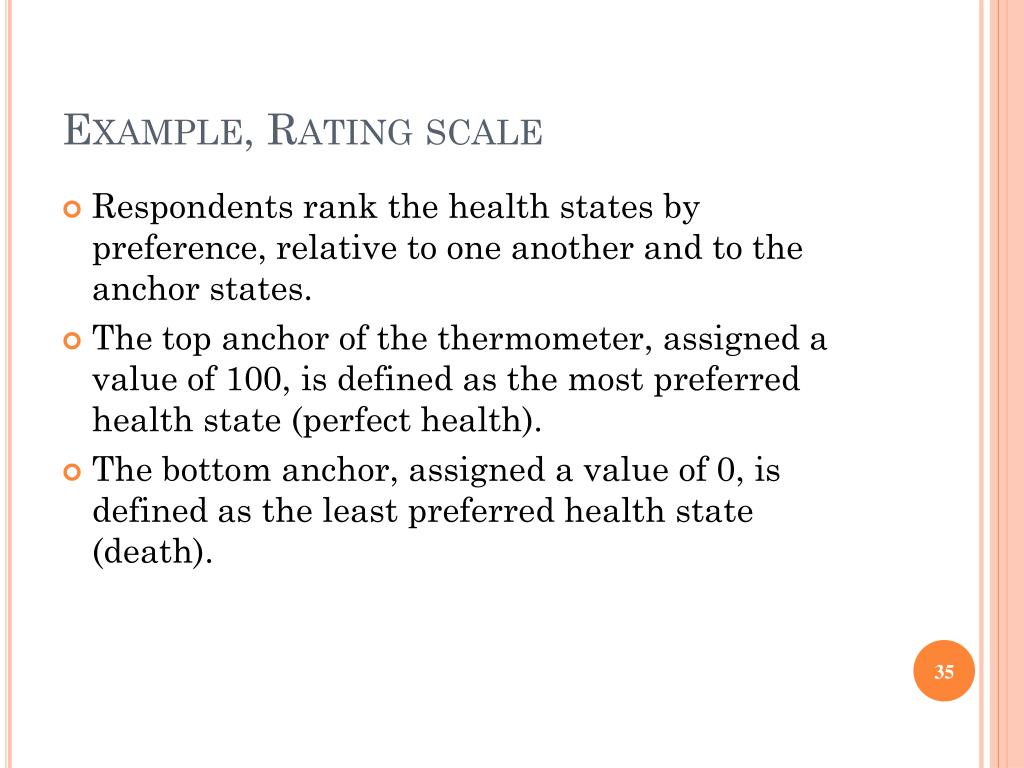


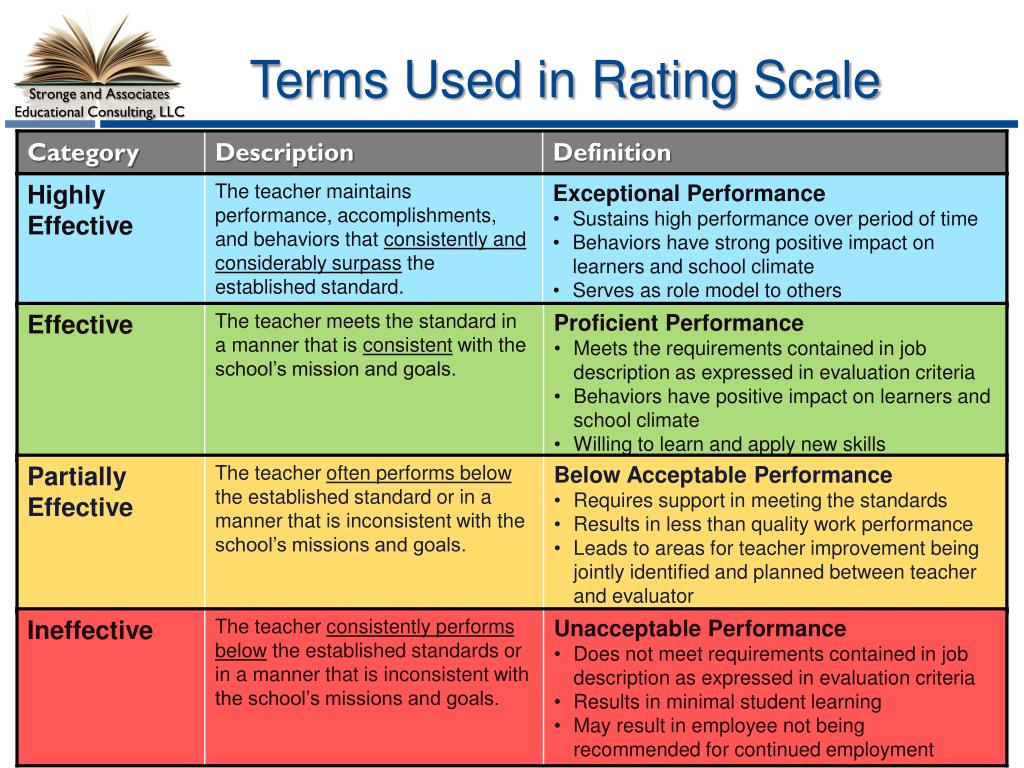
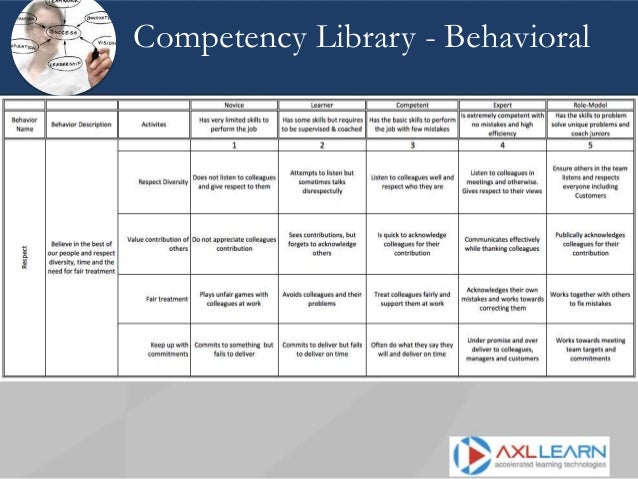

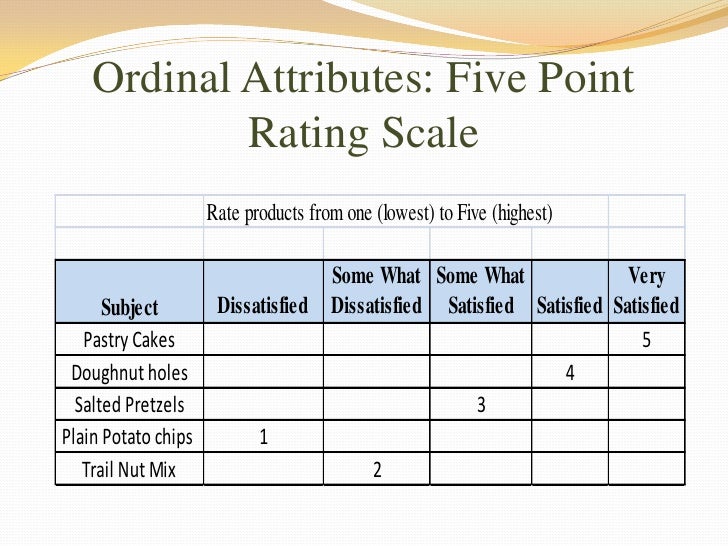

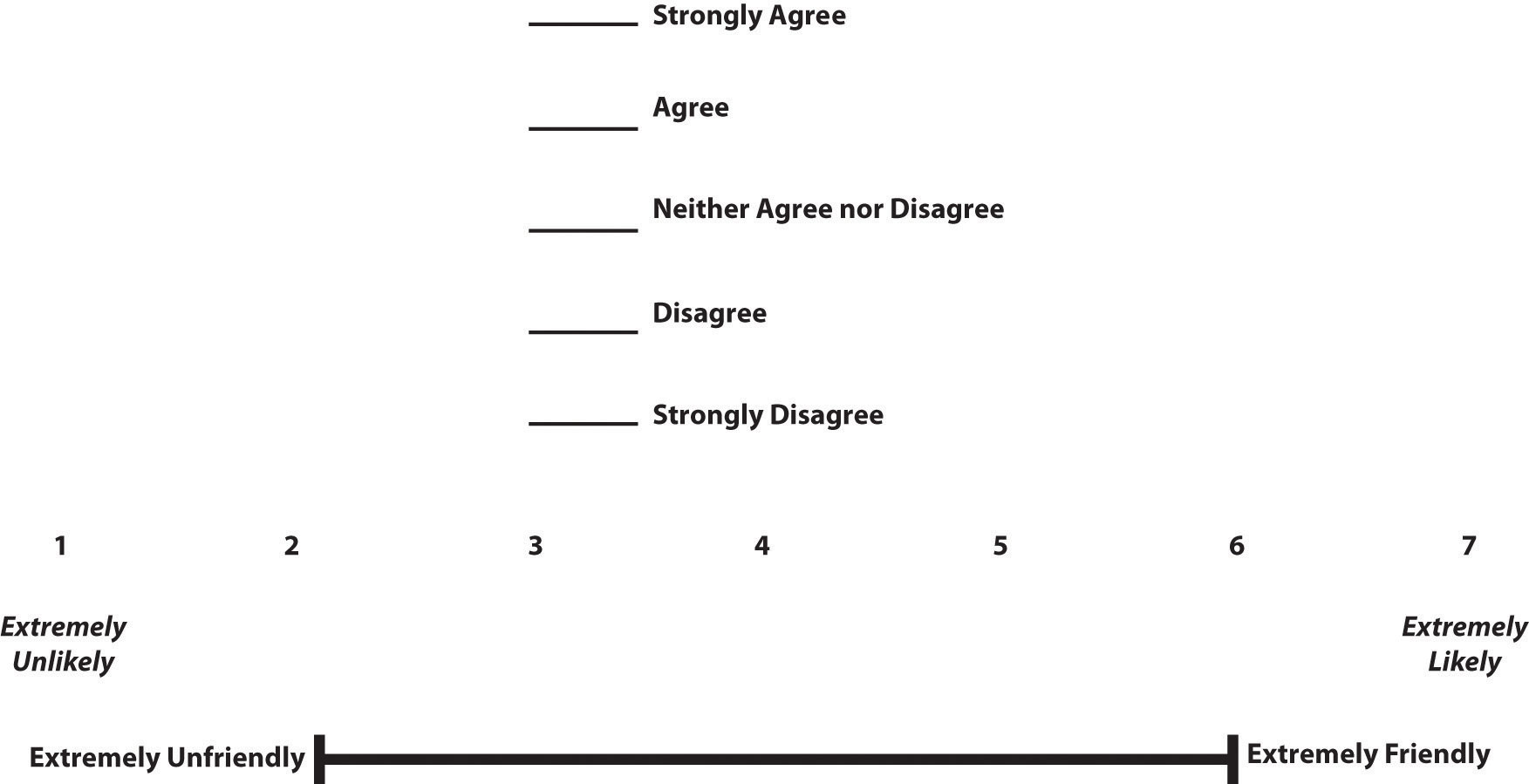
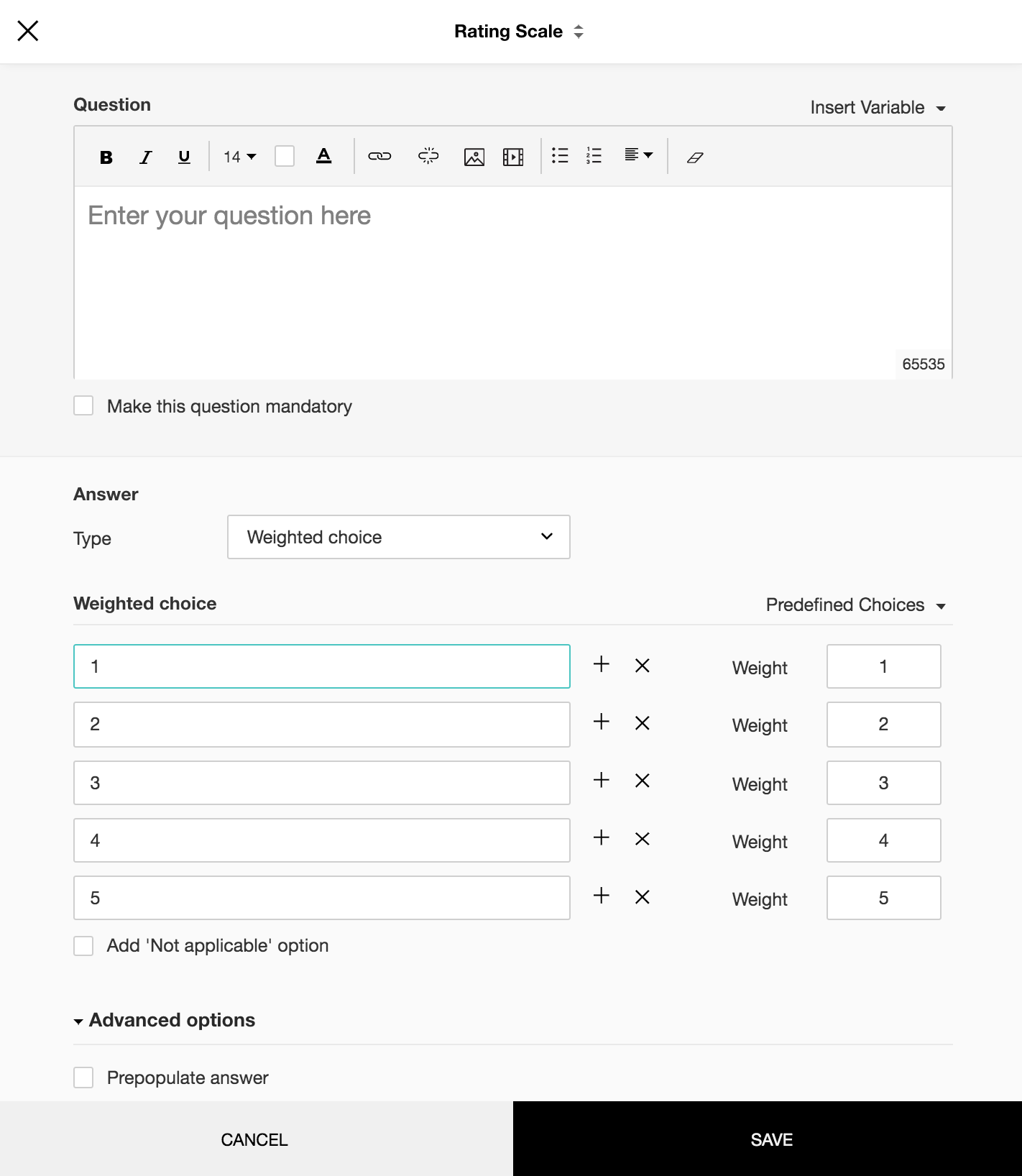

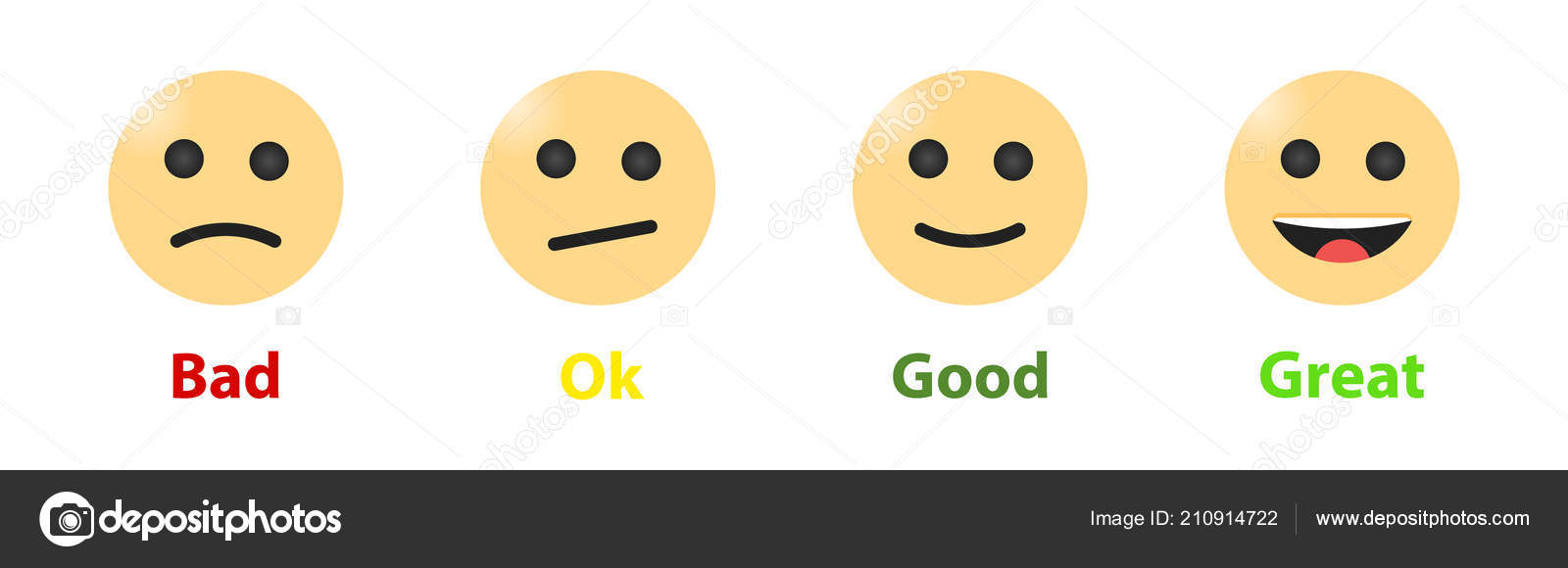
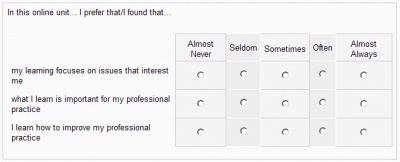
Post a Comment for "42 survey rating scale labels"